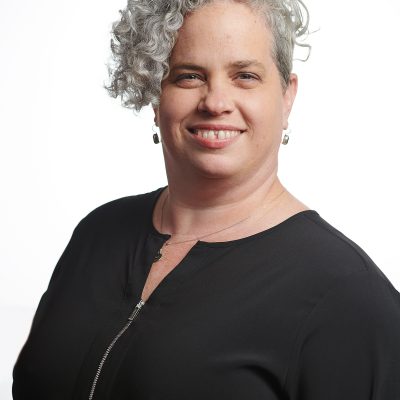
In the absence of shared tools for assessing engagement, how are documentarians working with researchers and users to understand the impact of their outreach campaigns? The case studies we compiled for our Media Impact Festival provide a few intriguing snapshots.
Curating Conversations
Filmmakers Joe Brewster and Michele Stephenson have adopted a rigorous, evidence-based approach to their campaign for American Promise, which examines the issues surrounding black male achievement. They’ve worked with engagement experts at Active Voice to gather data around the issue, and craft post-screening surveys that measure both short- and long-term impact. The film’s web site includes online polls designed to capture visitors’ attitudes and knowledge about related topics. Their latest research collaboration — with Andrew DeVigal who was just named Chair of Journalism Innovation and Civic Engagement at the University of Oregon’s School of Journalism and Communication — involves a mobile tool that prompts deeper engagement with the film at screenings.
DeVigal developed the tool with Laura Lo Forti, his wife and partner in multimedia storytelling collective A Fourth Act. They were inspired to prototype the tool, DeVigal explains, when he was invited to speak at the TFI Interactive event in the spring. The pair immediately thought of the American Promiseteam, who they’d previously brought to Portland for a screening, as testing partners.
They built Harvis “from the ground up” between February and April, says DeVigal, and ended up holding three screenings in Portland: at a theater, a high school and a university classroom. These locations matched the film team’s strategy of targeting students, parents, teachers and community members concerned with the question of black male achievement.
Attendees launching Harvis were prompted to identify their role vis-à-vis the issue, allowing for live segmentation of responses. The viewers were asked to indicate their emotional reactions through a simple swiping motion, which let them interact without breaking their gaze with the film screen. Their two choices were “motivated to act” vs. “I feel helpless.” The tool also allowed event organizers to stop the film briefly so that they could ask audience members to react to key questions on their phones.
“It was a rich engagement,” DeVigal says. “We learned quite a bit.” The data they gathered allowed them to compare responses to the film in different settings and from different types of viewers. They realized that part of the alchemy of hosting a productive conversation is carefully curating invitations to ensure lively and relevant participation. The most powerful discussion happened in the classroom, DeVigal says, noting that this suggests many educational uses for the tool. Collaborating with The American Promise team helped A Fourth Act to arrive at TFI Interactive with a working version of Harvis to test with the crowd.
Myriad Approaches
While not every film team highlighted in our Media Impact Festival has had an opportunity to prototype such a tool, several are collaborating to conduct impact research. Here are just three examples:
- Social media has been key in amplifying the message of Gasland/Gasland Part II, and engaging audiences in regions affected by fracking to hold local screenings. The team worked with social change agency Fenton Communications to track the tenor of online messages posted about the film last June and July, discovering that only one-fifth of the responses were negative, despite vocal opposition to the film from representatives of the oil and gas industries.
- Local screenings of Participant Media’s A Place at the Table were designed to increase audience members’ awareness and understanding of issues related to hunger in the U.S. The film’s “social action campaign team” conducted pre- and post-viewing surveys in communities where screenings were held, asking both those who had and had not seen the film to respond. They found that 85% of the individuals who had attended a screening said that it changed their views, and that the screenings had a “statistically significant effect on the understanding of the relationship between hunger and obesity.”
- After Tiller addresses a highly controversial topic — third-trimester abortions — and engages audiences by painting a complex portrait of the four American doctors who have become targets of anti-abortion activists for continuing to perform these procedures. The filmmakers have partnered with researchers from Advancing New Standards in Reproductive Health (ANSIRH) — part of the Bixy Center for Global Reproductive Health at the University of California at San Francisco — who are conducting analyses of related media coverage and viewers’ qualitative responses to the film. They’ve found that “the nuanced way in which the film is discussed, as well as the focus on doctors and patients rather than the abstract philosophical discussions, differs significantly from the media that previously surrounded this issue.”
Each of these approaches differs based on the outreach goals and the resources available to the production teams. Some filmmakers, such as the director of Bully, are comfortable working hand-in-hand with education and advocacy groups to encourage uptake of the issues their films address. Others, such as the director of Blackfish, take a more journalistic approach — preferring to report on a topic and let others decide what impact the narrative might have.
Want to get a better handle on the range of outreach strategies, resources and partnerships available to documentary makers? Read all ten case studies here.
